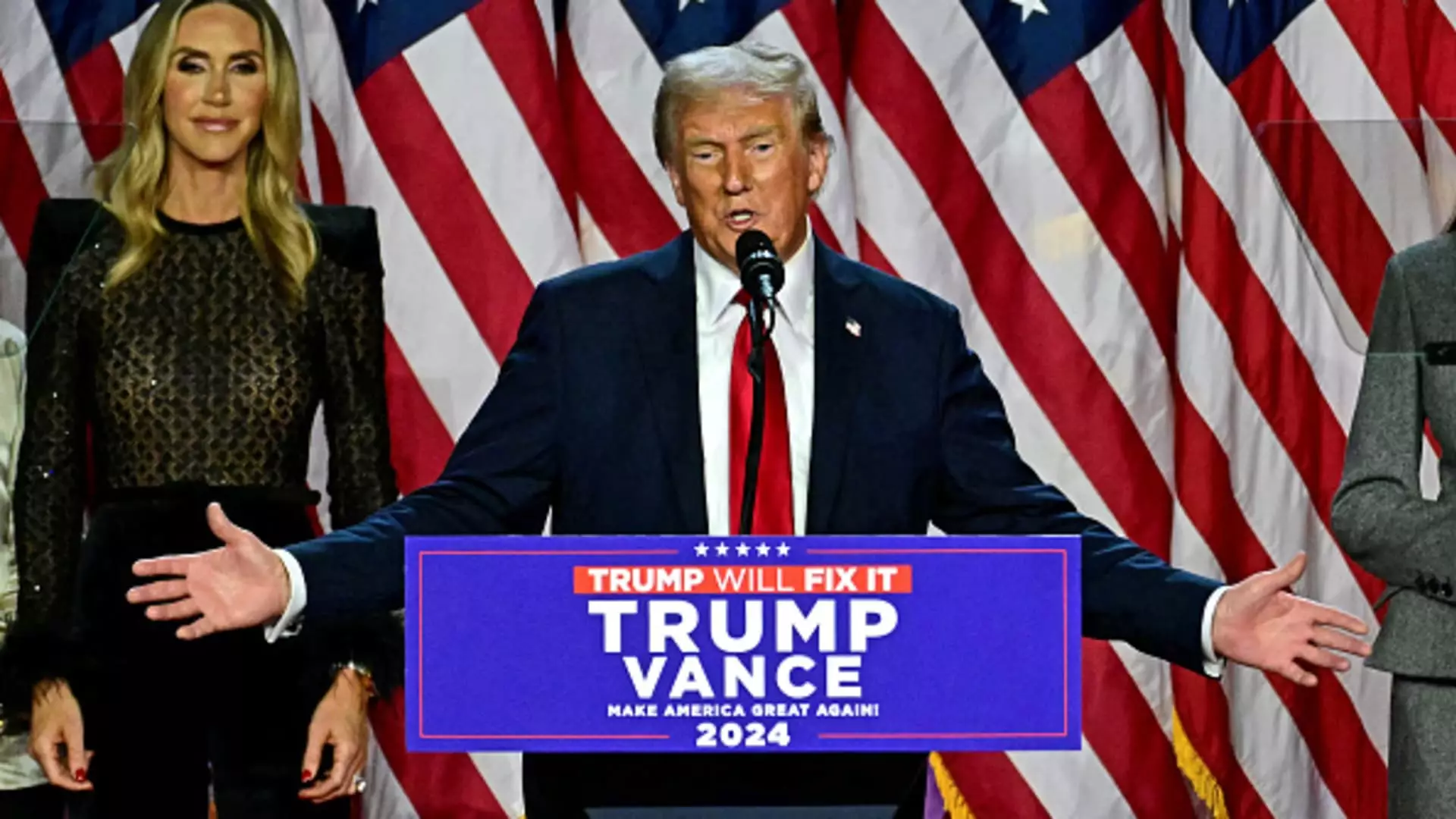The recent electoral win for President-elect Donald Trump signals a noteworthy shift in the U.S. tax landscape, especially regarding individual tax structures for high earners. As discussions about fiscal policies intensify, particularly concerning capital gains taxes, the implications for investors and high-income individuals cannot be overstated. Experts suggest that any significant tax increases, including higher levies on investments, are unlikely to materialize under the upcoming administration.
During her campaign, Vice President Kamala Harris introduced a proposition to elevate the long-term capital gains tax rate from 20% to 28% for individuals earning over a million dollars annually. This proposal diverged sharply from President Joe Biden’s budgetary blueprint for 2025, which envisaged an even higher capital gains tax rate of 39.6% for top earners. Such plans, aimed at increasing revenue from wealthy individuals, represent a fundamental shift in fiscal policy that has garnered considerable attention. However, the electoral outcome has significantly dampened prospects for the ratification of these increased rates.
With Republicans firmly in control of the Senate and potentially retaining a slim majority in the House of Representatives, the environment for tax reform is expected to be conservative. According to Erica York, a senior economist at the Tax Foundation, the prospect of increasing capital gains tax rates during the Trump administration and under a Republican-led Congress is “entirely off the table.” Instead, it is likely that tax policies will remain unchanged, maintaining the current long-term capital gains rates of 0%, 15%, or 20%, which are determined by taxable income brackets.
Presently, high earners are subject to long-term capital gains tax rates based on their taxable income, which is computed after deductions. It is notable that assets held for less than one year are taxed at ordinary income rates, which can be significantly higher. Additionally, high-income individuals face a net investment income tax (NIIT) of 3.8% on various forms of investment income once their modified adjusted gross income surpasses certain thresholds. This means that combined capital gains and investment taxes can push the overall burden on top earners to as much as 23.8%.
Despite potential discussions among Republicans about eliminating the NIIT, any significant move in that direction could have substantial consequences for the federal budget. Analysts like Howard Gleckman from the Urban-Brookings Tax Policy Center highlight the complexities involved in such maneuvers, especially given the soaring federal budget deficit, which exceeded $1.8 trillion in the previous fiscal year. These financial pressures make it unlikely that major tax cuts or alterations will occur without careful scrutiny and debate.
The implications of Trump’s presidential victory on capital gains taxation point towards stability rather than upheaval. Investors and high earners can expect the current tax structures to remain intact, holding steady amid broader economic uncertainties. While aspirational tax reforms have been proposed, the reality of a Republican-controlled Congress may ensure that existing rates prevail, allowing high-income earners to breathe easier in their investment strategies for the foreseeable future.

